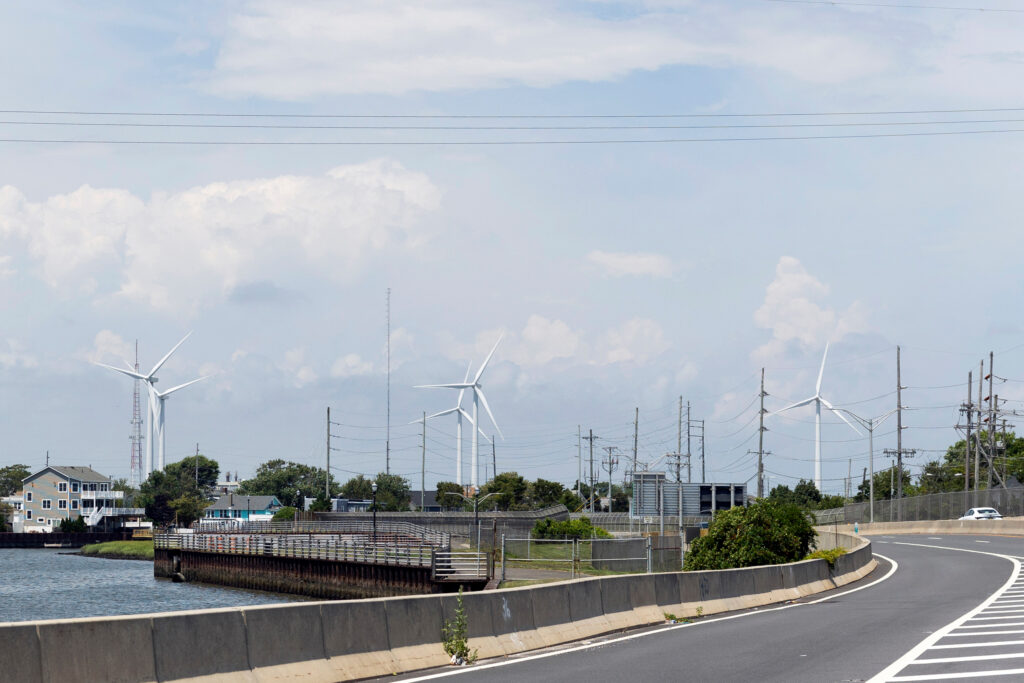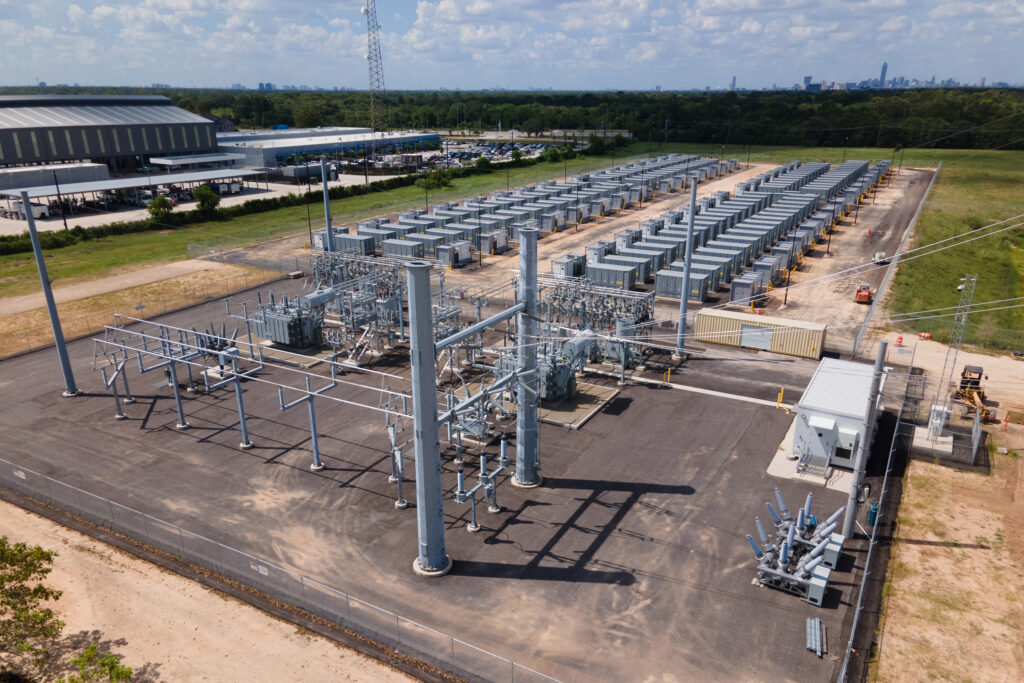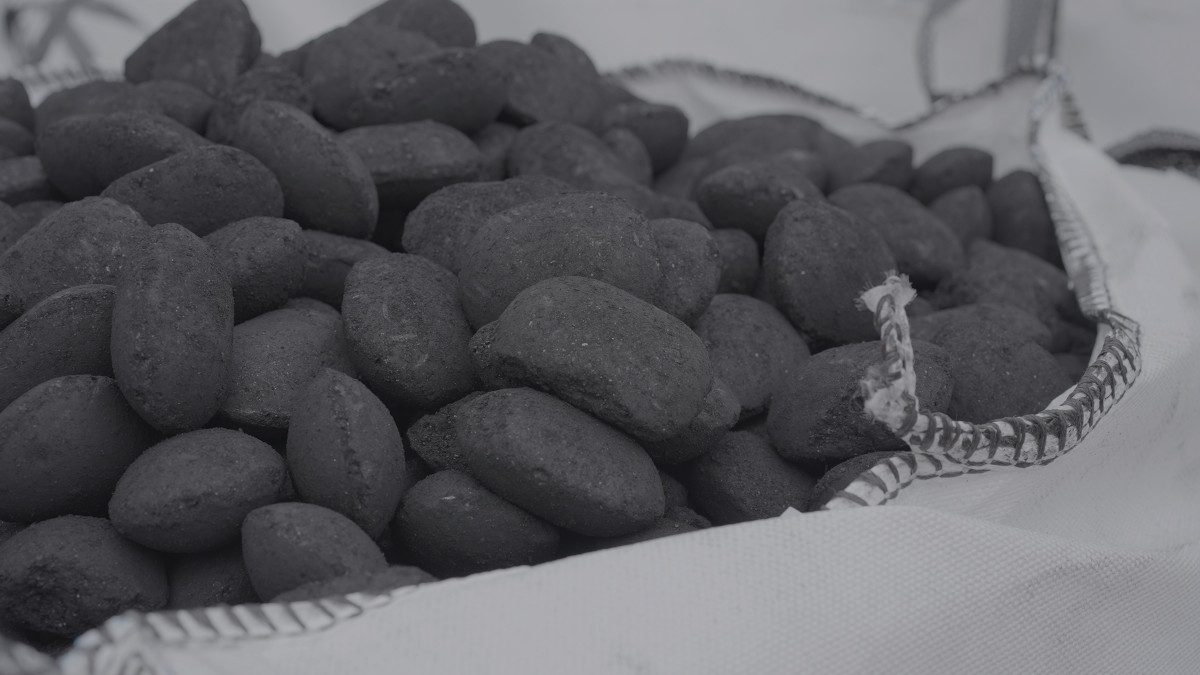Advocates and environmental groups largely welcomed the Environmental Protection Agency’s Jan. 11 proposal to impose stricter pollution limits on large trash incinerators. But they caution that the new standards, if implemented, would not eliminate the public health risks caused by toxic pollutants, such as lead, mercury and dioxin, that these facilities are known to emit in abundance.
The EPA said that the proposed standards would apply to 57 facilities located across the nation with the capacity to burn more than 250 tons of trash a day. Nearly 4 million Americans live within 3 miles of these large facilities, which, according to the agency, are disproportionately located in low-income communities and communities of color.
“By reducing harmful pollution and improving air quality, this rule will advance environmental justice for nearby communities already overburdened with pollution,” EPA Administrator Michael Regan said in a press release. He added that the EPA is committed to ensuring that large facilities burning municipal waste utilize the most up-to-date and cost-effective control technologies to reduce pollution and protect public health.
“A trash incinerator, despite its advanced emission upgrades, will continue to release pollutants that have no safe level of exposure and harm the health of communities already overburdened by pollution,” countered Senay Emmanuel, a climate policy analyst with Progressive Maryland, a grassroots advocacy group.
“When I think about this rule, I think about the impact it could have on communities adjacent to trash incinerators across the U.S.,” Emmanuel said, adding that Baltimore City reports asthma rates three times higher than the rest of Maryland.
In addition to emitting hundreds of thousands of tons of CO2 every year, trash incinerators are known to emit some of the most toxic pollutants with no safe level of exposure. The contaminants include significant amounts of lead, mercury, nitrogen oxides (NOx) and sulfur dioxide, which are known to trigger and worsen asthma symptoms, as well as PM2.5—extremely small particles that get into lungs and blood.
Baltimore City, to this day, remains heavily invested in trash-to-energy incineration after Maryland’s former governor, Martin O’Malley, a Democrat, signed a legislation in 2011 making the electricity generated from burning trash a “tier one” renewable energy on a par with wind, solar and geothermal.
In late 2020, the city authorities signed a 10-year contract extension on the Wheelabrator incinerator off I-95 even though such incinerators spew large quantities of toxic substances into the air. As result, the South Baltimore communities near the incinerator are asthma hotspots and have disproportionally high hospitalization rates, according to Progressive Maryland.
A 2017 Chesapeake Bay Foundation report estimated that the single Wheelabrator facility in Baltimore caused $55 million in health damages each year, felt mostly by the communities living next to the facility and struggling to cope with healthcare costs.
“Waste-to-Energy Association (WTEA) is reviewing the proposal, and we look forward to continuing to work with EPA on establishing achievable emissions limits,” Thomas Hogan, the association’s president, said.
He added that WTE facilities are highly regulated and have been determined by multiple third-party studies to be a safe and effective way to manage waste and divert it from landfills. “WTE facilities are a key component of reducing greenhouse gas emission from the waste sector, recycle metals otherwise lost to a landfill, and provide a local, reliable, and essential service for over 30 million Americans across the country,” Hogan said.
Mike Ewall, executive director of the grassroots group Energy Justice Network, said that for environmental justice communities in places such as Baltimore, where the incinerator is responsible for more than one-third of the city’s industrial air pollution, modest reductions in a couple of pollutants are insufficient.
“Burning trash and landfilling toxic ash is the most expensive and polluting way to manage waste or make energy—far dirtier than burning coal and more harmful than going direct to landfills without burning first,” he said. “The only environmentally just way to address incinerators is to close them down.”
Ewall said that the proposed standard impacts 57 of the 66 commercial trash incinerators operating in the U.S. and some of the facilities will not have to adjust their technology because they already can meet the new standards.
“Many will only have to spray more chemicals into the exhaust using the existing technology that they have installed,” he said. “The best controls for the nitrogen oxides that trigger asthma attacks are not being required for existing incinerators. Only new facilities have to use the technology known as selective catalytic reduction, which is needed to achieve the modern standard of 45-50 parts per million.”
Leah Kelly, a senior attorney with the Environmental Integrity Project, a national nonprofit, said her organization is still reviewing the proposed rule and has identified some limits for existing incinerators that are not based on the most advanced pollution controls. “However, overall, these standards are significantly stronger than the ones that large municipal waste incinerators currently have to meet,” Kelly said.
She said she was disappointed that the proposed rule does not set any new requirements for continuous monitoring. “For 3 of the 9 regulated pollutants, EPA has always required continuous monitoring. But for most of the other 6 pollutants, EPA’s approach has been to allow continuous monitoring only as an option,” Kelly said, adding that in practice, companies almost never choose this option and, instead, conduct stack testing only once a year, a vastly inadequate indicator.
“We hope that EPA reconsiders and establishes continuous monitoring requirements for some of these very toxic pollutants so that the public is assured that they are being met at all times,” she said. She also pointed out that the EPA last updated these standards in 2006 and the Clean Air Act requires the agency to conduct a review every 5 years to determine if updates are warranted.
The EPA estimates that the health benefits from the new limits due to reductions in particulate matter and ozone alone will be up to $14 billion over 20 years. “Reductions of mercury, lead, and other hazardous air pollutants required by the proposal are expected to result in additional unquantified economic and public health benefits,” the agency said.
Ewall of the Energy Justice Network said that while the environmental justice movement should always be happy to see some progress that reduces the death and disease caused by incinerator pollution, “we should never be satisfied when standards do not go far enough.”
This story is funded by readers like you.
Our nonprofit newsroom provides award-winning climate coverage free of charge and advertising. We rely on donations from readers like you to keep going. Please donate now to support our work.
Donate Now
In cities and counties with trash incinerators, these facilities are the number one industrial air polluter, or close to it, he said. “The ongoing harm to our health from this industry is totally avoidable by closing incinerators for good, which is what would happen if the government were willing to hold existing incinerators to modern standards.”
The movement against trash incineration gained momentum ahead of Maryland’s legislative session, which opened on Jan. 10. Several nonprofit groups and community advocates, alongside some lawmakers, are backing legislation that recommends taking out trash incineration from the state’s renewable portfolio standard (RPS), which currently ranks incineration on par with solar and wind energy sources as a renewable electricity source. The state wasted $51 million over the last three years subsidizing trash incineration, the advocates said, adding that the Reclaim Renewable Energy bill, if passed, would help divert public dollars to alternative waste management strategies such as composting.
EPA will accept public comments on the incinerator proposal for 60 days. According to advocates, compliance is not required until three years after the effective date of the final rule, to be finalized by the end of 2024.


















